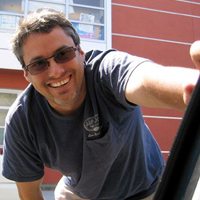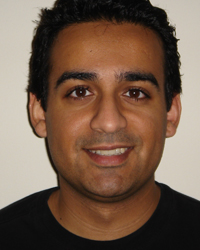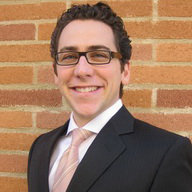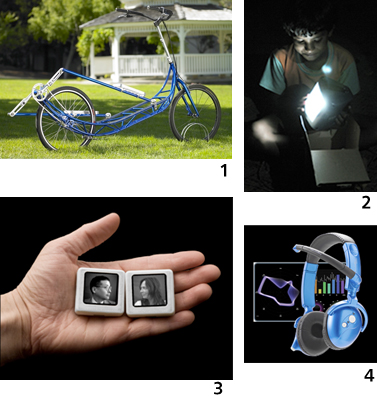
Nathan Shedroff
More business schools are adding design to their curricula, but only a couple programs cater to designers and creatives. We spoke with Nathan Shedroff, chair of the new Design Strategy MBA program at the California College of the Arts in San Francisco, about what people working in the creative industries can get from doing an MBA.
Where do your students come from?
Around 70 percent of the students have a design background; that might be fashion, graphic design, interaction design, industrial design, or maybe a little architecture. The rest have a non-design background but all have an affinity for design. They might work for companies in non-design capacities but these companies use design strategically or are design-aware.
For someone in your program without a design background, will they learn design as well as business?
They will definitely learn more about design as they go through the program, but we aren’t a design program, and we don’t actually teach design skills in the traditional sense. There’s nothing about color, type, layout, etc. We often talk about those issues in classes, but they aren’t learning those design skills. Instead, they learn strategic design skills: design research, design thinking, managing design, managing companies, etc.
The first year of your MBA program has only just begun, but where do you expect your grads will end up?
We expect they’ll end up in one of three places, depending on what they’re interested and what the economy is like. We expect a small percentage of students will start their own companies, probably based on whatever their thesis is. That’s not for another 16 months, so it’s hard to gauge.
We think the bulk of our students will end up at the design-related consultancies that do strategic design. And they’re crying out for people to bridge the gap between design innovation and business. A big part of it is helping clients understand what the process is, and what needs to be done, and to be comfortable with it. And then there are the skills of managing innovation. Consultancies are searching desperately for these people. Not only is it hard to find people with this experience, but strategic work is much more profitable for them, as well.
Plus, much of the traditional design work is moving over to China at the moment. Graphic design not as much yet, but product design and industrial design is moving over to China rapidly. Interaction design is starting to follow, as well.
Continue reading →





